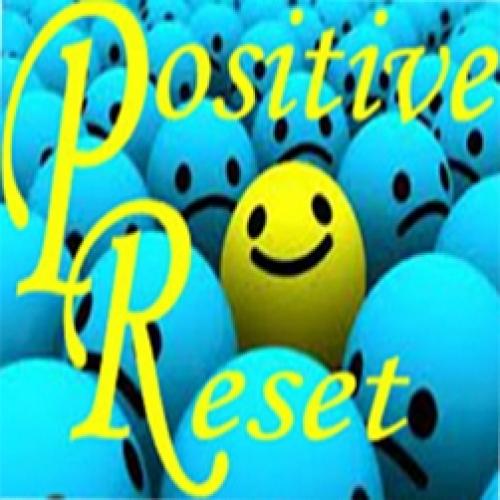FILTERS
Facility Amenities
Treatment and Services Offered
Languages offered
Accepted age groups
Insurance Providers
| Prev |
You may also want to try a center in another location:
What Is Residential Treatment Like in Indiana?
Residential treatment centers, or rehab facilities, offer intensive treatment and 24-hour care for residents who live onsite for the duration of the program. Some facilities also offer day-treatment programs where participants return home each night or on the weekends, and outpatient services may be provided to former residents as a follow-up service.
Though rehab is a term commonly used to refer to drug and alcohol addiction treatment, residential treatment programs exist for a variety of behavioral and mental health conditions, from obsessions and compulsions to bipolar. Program lengths range from just a few days to several weeks or even months. Even short-term residential treatment programs can have powerful positive effects on the long-term mental health of residents. Participants in intensive eight-day residential programs for tobacco addiction, for example, show much better long term improvement than individuals who utilized outpatient treatment alone.
Each treatment program is different, though they commonly offer the following basic services:
- Peer support from fellow residents, as well as through group therapy or support group sessions.
- One-on-one therapy sessions, typically conducted on a weekly basis.
- Enrichment activities that help residents to relax or develop new skills and self-esteem.
- Medical supervision of any detoxification programs for addiction recovery, and assistance with medication management and general physical health.
Mental Health Care in Indiana
In terms of overall well-being, Indiana was ranked 40th of all the states by the 2013 Gallup and Healthways Well-Being Index. The state improved upon a 42nd ranking obtained in 2012. Indiana was ranked in the third quintile for work environment, and in the fifth quintile for life evaluation, physical health, and healthy behaviors. Of all the cities in the state, Indianapolis and Carmel scored the highest in terms of well-being.
Mental Health America's (MHA) 2014 survey show that just under 6% of Indiana youth and more than 8% of adult residents demonstrate dependence on alcohol or illicit drugs. Almost 20% of adults report being affected by a mental health issue, and 4.3% of adults report that they have had serious thoughts of committing suicide, compared with the national average of 3.8%.
With regard to its mental health system as a whole, Indiana’s grade was a D, according to the 2009 mental health care report conducted by the National Alliance on Mental Illness (NAMI). The state received D's across all four basic categories: (1) health promotion and measurement, (2) financing and core treatment/recovery services, (3) consumer and family empowerment, and (4) community integration and social inclusion.
Indiana's Demographics
Indiana is home to more than 6.5 million people. Roughly 14% of all residents are over the age of 65 years, while minors account for another 24% of the population. Approximately 86% of the population is white, 10% is black, 2% is Asian, and less than 1% is American Indian or Alaska native. The median income is just over $48,000.
References:
- Family and Social Services Administration. (n.d.). About DMHA. Retrieved from http://www.in.gov/fssa/dmha/4521.htm
- Gallup-Healthways Well-Being Index. (2013). Indiana. Retrieved from http://cdn2.hubspot.net/hub/162029/file-628681252-pdf/WBI2013/Indiana_2013_State_Report.pdf?t=1418935567368
- Hays, J. T., Croghan, I. T., P.H.D., Schroeder, D. R., M.S., Burke, M. V., E.D.D., Ebbert, J. O., M.D., McFadden, D. D., M.D., & Hurt, R. D., M.D. (2011). Residential treatment compared with outpatient treatment for tobacco use and dependence. Mayo Clinic Proceedings, 86(3), 203-9. Retrieved from http://search.proquest.com/docview/854856802?accountid=1229
- Mental Health America. (2014). Parity or disparity: The state of mental health in America, 2015. Retrieved from http://www.mentalhealthamerica.net/sites/default/files/Parity%20or%20Disparity%202015%20Report.pdf
- National Alliance on Mental Illness. (2009). Grading the states 2009 report card: Indiana. Retrieved from http://www.nami.org/gtstemplate09.cfm?section=grading_the_states&Template=/contentmanagement/contentDisplay.cfm&ContentID=74687
- United States Census Bureau. (n.d.). State & county quickfacts: Indiana. Retrieved from http://quickfacts.census.gov/qfd/states/18000.html









